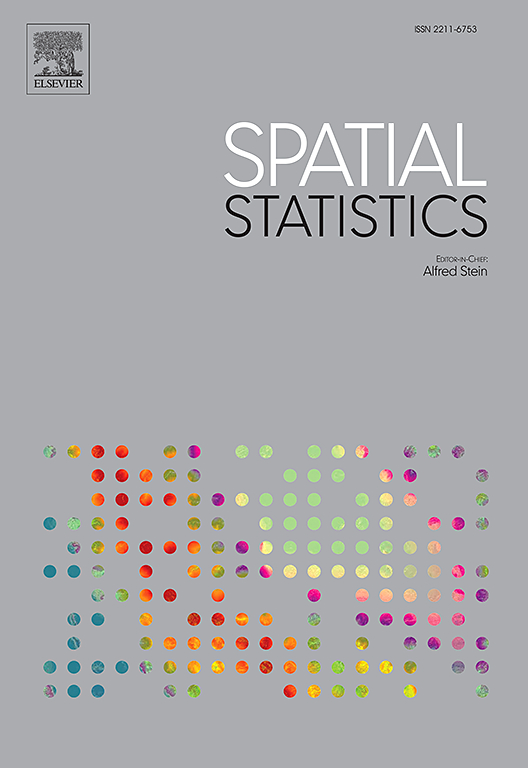通过深度学习选择非参数空间自回归模型的变量
IF 2.5
2区 数学
Q3 GEOSCIENCES, MULTIDISCIPLINARY
引用次数: 0
摘要
随着深度学习技术的发展,神经网络在统计推断中的应用急剧增加。在本文中,我们将基于深度神经网络的变量选择方法扩展到非参数空间自回归模型。我们的方法通过在具有空间效应的残差网络结构中引入 Lasso 惩罚,将特征选择和参数学习结合起来。我们将问题转化为约束优化任务,即优化具有约束条件的目标函数。在不指定稀疏性的情况下,我们也能获得一组特定的选定变量。通过广泛的蒙特卡罗模拟研究,我们证明了该方法在有限样本下的性能。最后,我们将该方法应用于加州住房价格数据,进一步验证了其在变量选择和预测性能方面的优越性。本文章由计算机程序翻译,如有差异,请以英文原文为准。
Variable selection of nonparametric spatial autoregressive models via deep learning
With the development of deep learning techniques, the application of neural networks to statistical inference has dramatically increased in popularity. In this paper, we extend the deep neural network-based variable selection method to nonparametric spatial autoregressive models. Our approach incorporates feature selection and parameter learning by introducing Lasso penalties in a residual network structure with spatial effects. We transform the problem into a constrained optimization task, where optimizing an objective function with constraints. Without specifying sparsity, we are also able to obtain a specific set of selected variables. The performance of the method with finite samples is demonstrated through an extensive Monte Carlo simulation study. Finally, we apply the method to California housing price data, further validating its superiority in terms of variable selection and predictive performance.
求助全文
通过发布文献求助,成功后即可免费获取论文全文。
去求助
来源期刊

Spatial Statistics
GEOSCIENCES, MULTIDISCIPLINARY-MATHEMATICS, INTERDISCIPLINARY APPLICATIONS
CiteScore
4.00
自引率
21.70%
发文量
89
审稿时长
55 days
期刊介绍:
Spatial Statistics publishes articles on the theory and application of spatial and spatio-temporal statistics. It favours manuscripts that present theory generated by new applications, or in which new theory is applied to an important practical case. A purely theoretical study will only rarely be accepted. Pure case studies without methodological development are not acceptable for publication.
Spatial statistics concerns the quantitative analysis of spatial and spatio-temporal data, including their statistical dependencies, accuracy and uncertainties. Methodology for spatial statistics is typically found in probability theory, stochastic modelling and mathematical statistics as well as in information science. Spatial statistics is used in mapping, assessing spatial data quality, sampling design optimisation, modelling of dependence structures, and drawing of valid inference from a limited set of spatio-temporal data.
 求助内容:
求助内容: 应助结果提醒方式:
应助结果提醒方式:


